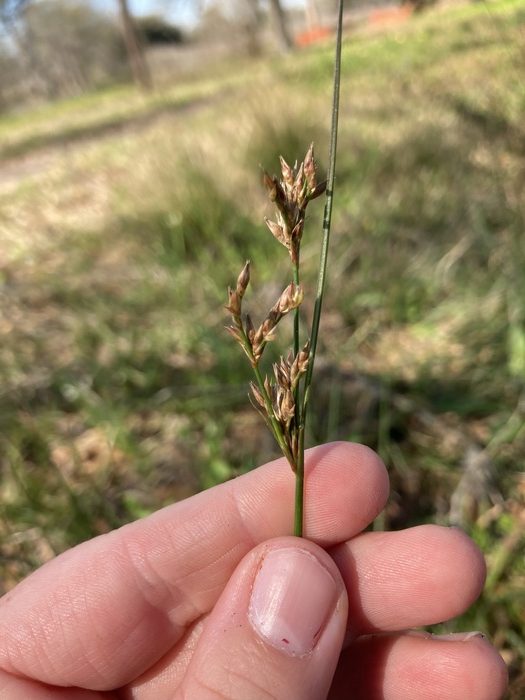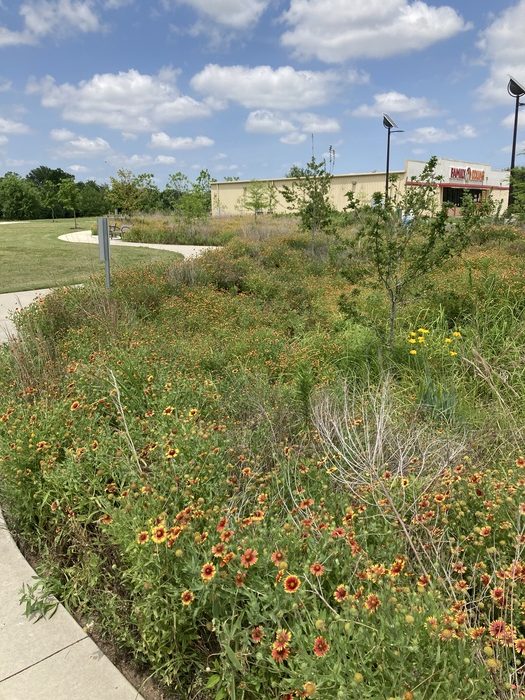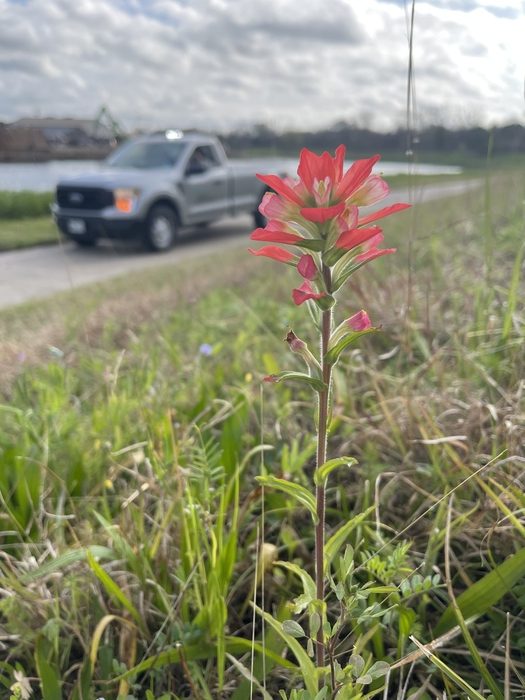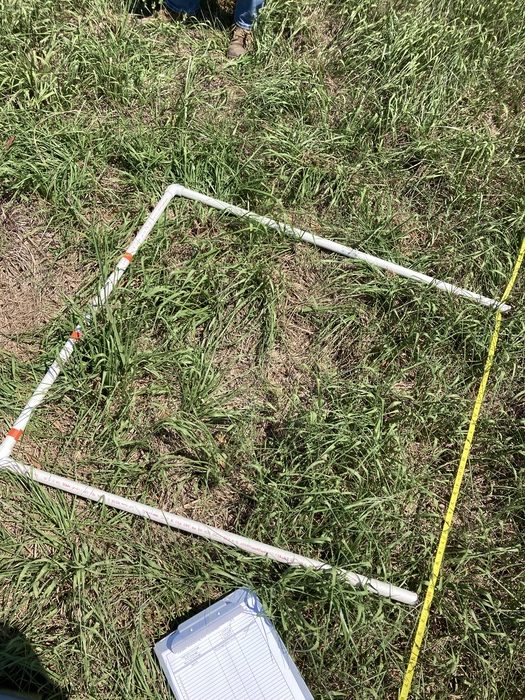PUBLISHED: March 2024 By Liz Rebstad, HPB Conservation Technician
Monitoring is a crucial component of the Houston Parks Board’s Conservation team’s overall tasks and responsibilities. Monitoring provides valuable insights into the health and biodiversity of the habitats along the Bayou Greenways trails. Our comprehensive monitoring program involves a range of activities, including habitat assessments, site monitoring, and transect monitoring, each serving a specific purpose in HPB’s overall conservation efforts.
Habitat Assessments are conducted twice a year, in spring and fall, to collect data on species communities in various habitats along the trails. During these assessments, conservation technicians walk through each site, recording every plant species they encounter. This data helps to track changes in the plant diversity and abundance over time, as well as providing valuable information for future habitat management and restoration efforts.



In addition to the habitat assessments, we conduct monthly site monitoring at our completed restoration project sites. Monthly site monitoring helps us assess possible maintenance needs (mowing, herbicide, weeding, etc.) and monitors for any changes or signs of environmental impacts (erosion, drought, flooding, people, etc.). By visiting these sites regularly, the team can address maintenance issues promptly and effectively, ensuring that the habitats remain healthy and functional.
Transect monitoring is another important technique we use to study plant communities quantitatively. This method involves sampling plant species along a designated line, called a transect, and recording their abundance and distribution. To ensure unbiased sampling, the placement of transect lines is determined by utilizing GIS software to randomly designate a starting point on a map before visiting the site. Typically, each transect line is 25 meters long with 5 sampling plots, each measuring 1×1 meter in size. The dimensions of the transect line and the sampling plot can vary based on project goals and data needs. The data collected from these plots help us analyze changes in plant communities over time and make informed management decisions.

Overall, monitoring is essential for maintaining the health of our project sites. Whether conducting in depth transect monitoring or simple meandering survey, the data we collect helps us understand the species patterns and prioritize maintenance needs to keep our bayous beautiful!
